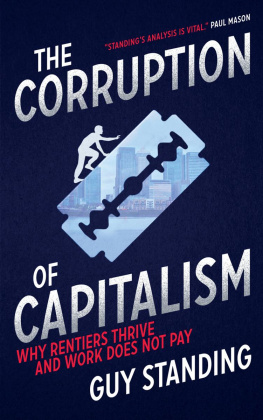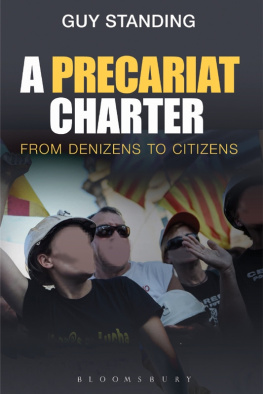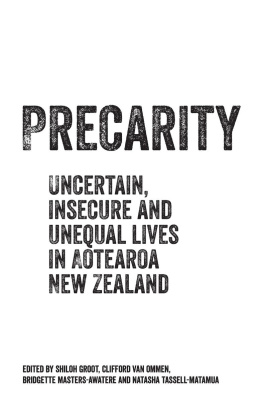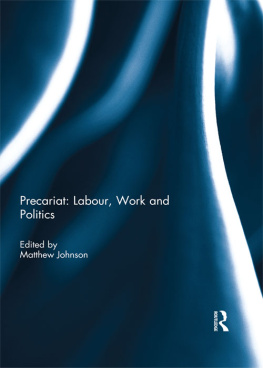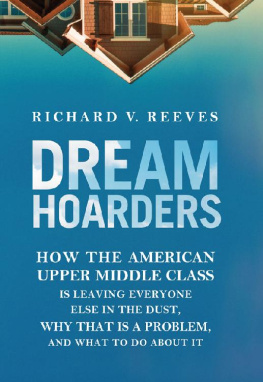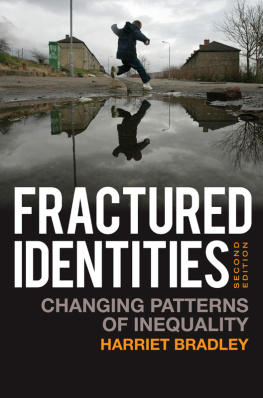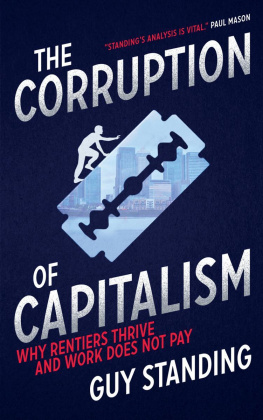Abbreviations
| AARP | American Association of Retired Persons |
| AFL-CIO | American Federation of Labor/Congress of Industrial Organizations |
| BBVA | Banco Bilbao Vizcaya Argentaria |
| BIEN | Basic Income Earth Network |
| CBT | Cognitive behavioural therapy |
| CCT | Conditional cash transfer |
| CIA | Central Intelligence Agency |
| CRI | Crime Reduction Initiatives |
| EHRC | Equality and Human Rights Commission (UK) |
| EU | European Union |
| GCSE | General Certificate of Secondary Education |
| IMF | International Monetary Fund |
| LIFO | Last-in, first-out |
| NGO | Non-governmental organisation |
| NIC | Newly industrialising country |
| OECD | Organisation for Economic Co-operation and Development |
| RMI | Revenu minimum dinsertion |
| SEWA | Self-Employed Womens Association of India |
| UKBA | UK Border Agency |
| UMP | Union pour un Mouvement Populaire |
Bibliography
Blinder, A. (2009), How Washington Can Create Jobs, Wall Street Journal, 17 November, p. 16.
[accessed 2 December 2010].
[accessed 6 December 2010].
[accessed 2 December 2010].
[accessed 2 December 2010].
[accessed 2 December 2010].
[accessed 3 December 2010].
Pigou, A. C. ([1952] 2002), The Economics of Welfare, New Brunswick, NJ: Transaction Publishers.
The Precariat
In the 1970s, a group of ideologically inspired economists captured the ears and minds of politicians. The central plank of their neo-liberal model was that growth and development depended on market competitiveness; everything should be done to maximise competition and competitiveness, and to allow market principles to permeate all aspects of life.
One theme was that countries should increase labour market flexibility, which came to mean an agenda for transferring risks and insecurity onto workers and their families. The result has been the creation of a global precariat, consisting of many millions around the world without an anchor of stability. They are becoming a new dangerous class. They are prone to listen to ugly voices, and to use their votes and money to give those voices a political platform of increasing influence. The very success of the neo-liberal agenda, embraced to a greater or lesser extent by governments of all complexions, has created an incipient political monster. Action is needed before that monster comes to life.
The precariat stirs
On 1 May 2001, 5,000 people, mainly students and young social activists, gathered in Milans city centre for what was intended to be an alternative May Day protest march. By 1 May 2005, their ranks had swollen to well over 50,000 over 100,000, according to some estimates and EuroMayDay had become pan-European, with hundreds of thousands of people, mostly young, taking to the streets of cities across continental Europe. The demonstrations marked the first stirrings of the global precariat.
The ageing trade unionists who normally orchestrated May Day events could only be bemused by this new parading mass, whose demands for free migration and a universal basic income had little to do with traditional unionism. The unions saw the answer to precarious labour in a return to the labourist model they had been so instrumental in cementing in the mid-twentieth century more stable jobs with long-term employment security and the benefit trappings that went with that. But many of the young demonstrators had seen their parents generation conform to the Fordist pattern of drab full-time jobs and subordination to industrial management and the dictates of capital. Though lacking a cohesive alternative agenda, they showed no desire to resurrect labourism.
Stirring first in Western Europe, EuroMayDay soon took on a global character, with Japan becoming a notable centre of energy. It started as a youth movement, with educated disgruntled Europeans alienated by the competitive market (or neo-liberal) approach of the European Union project that was urging them on to a life of jobs, flexibility and faster economic growth. But their Eurocentric origins soon gave way to internationalism, as they saw their predicament of multiple insecurities linked to what was happening to others all over the world. Migrants became a substantial part of the precariat demonstrations.
The movement spread to those with non-conventional lifestyles. And all the time there was a creative tension between the precariat as victims, penalised and demonised by mainstream institutions and policies, and the precariat as heroes, rejecting those institutions in a concerted act of intellectual and emotional defiance. By 2008, the EuroMayDay demonstrations were dwarfing the trade union marches on the same day. This may have gone largely unnoticed by the wider public and politicians, but it was a significant development.
At the same time, the dual identity as victim/hero made for a lack of coherence. A further problem was a failure to focus on struggle. Who or what was the enemy? All the great movements throughout history have been class based, for better or for worse. One group interest (or several) has fought against another, the latter having exploited and oppressed the former. Usually, the struggle has been about use and control over the key assets of the production and distribution system of the time. The precariat, for all its rich tapestry, seemed to lack a clear idea of what those assets were. Their intellectual heroes included One Dimensional Man.
It was liberation of the mind, a consciousness of a common sense of insecurity. But no revolution comes from simple understanding. There was no effective anger yet. This was because no political agenda or strategy had been forged. The lack of a programmatic response was revealed by the search for symbols, the dialectical character of the internal debates, and tensions within the precariat that are still there and will not go away.
Leaders of the EuroMayDay protesters did their best to paper over the cracks, literally as in their visual images and posters. Some emphasised a unity of interests between migrants and others (migranti e precarie was a message emblazoned on a Milan EuroMayDay poster of 2008) and between youth and the elderly, as sympathetically juxtaposed on the Berlin EuroMayDay poster of 2006 ().
But as a leftish libertarian movement, it has yet to excite fear, or even interest, from those outside. Even its most enthusiastic protagonists would admit that the demonstrations so far have been more theatre than threat, more about asserting individuality and identity within a collective experience of precariousness. In the language of sociologists, the public displays have been about pride in precarious subjectivities. One EuroMayDay poster, done for a Hamburg parade, blended in a pose of defiance four figures into one a cleaner, a care worker, a refugee or migrant and a so-called creative worker (presumably like the person who designed the poster). A prominent place was given to a carrier bag, held up as an iconic symbol of contemporary nomadism in the globalising world.
Symbols matter. They help unite groups into something more than a multitude of strangers. They help in forging a class and building identity, fostering an awareness of commonality and a basis for solidarity or fraternit. Moving from symbols to a political programme is what this book is about. The evolution of the precariat as the agency of a politics of paradise is still to pass from theatre and visual ideas of emancipation to a set of demands that will engage the state rather than merely puzzle or irritate it.


